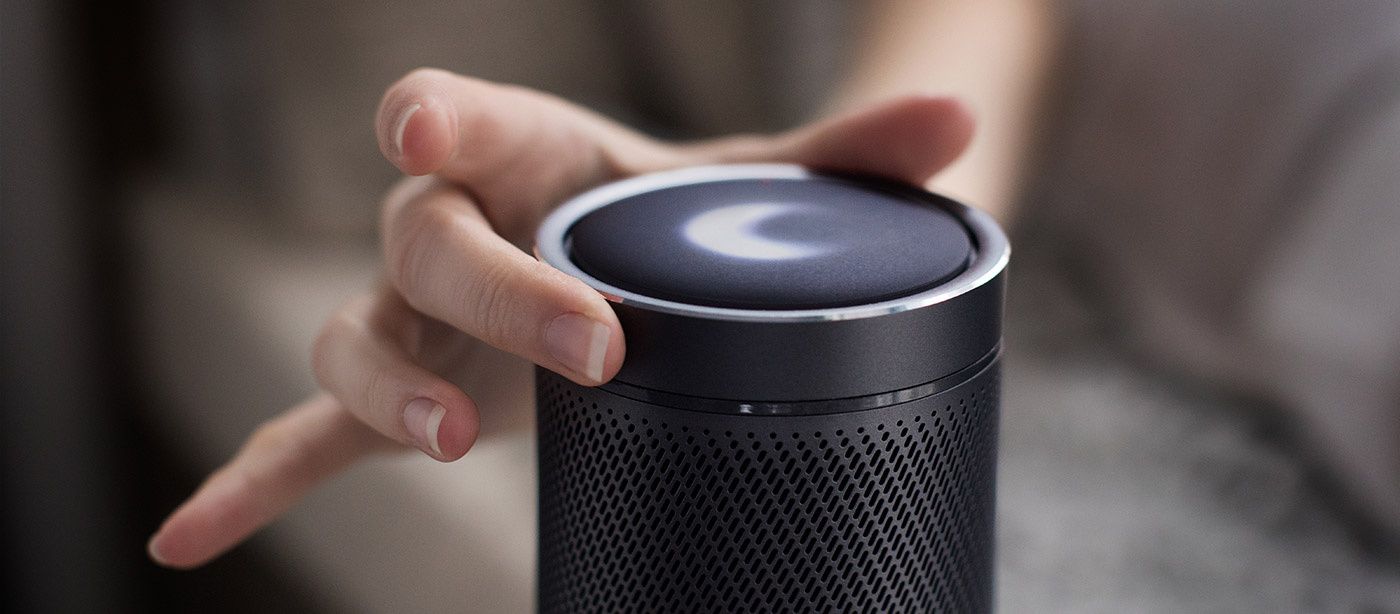Cortana device Invoke will work with Insteon and more
Last updated: April 25, 2022 - Insteon is no longer in business. To learn more on what happened with Insteon and how to get your Insteon smart devices working again, visit Your Insteon Devices Not Working – GearBrain Has a Solution
Cortana is making new friends through recently inked partnerships between Microsoft and Harmon Kardon's $199 smart speaker Invoke and smart home brands including Insteon, along with Samsung SmartThings, Wink, Google Nest and Philips Hue.
Smart home devices have already been able to connect through the Windows platform to Cortana, Microsoft's digital voice assistant. But users had to use either a PC or their smartphone. Now Cortana fans will be able to run their smart home devices through the Invoke smart speaker with just an audible command.
"Microsoft is throwing their hat into the ring with IoT for the home," says Rob Lilleness, CEO of Insteon. "It's a fascinating computing battlefront, and Microsoft brings a lot to the arena with Cortana."
Microsoft is entering a crowded smart home space, already studded with Amazon Echo, Google Home and the upcoming Home Pod from Apple. The Redmond, WA-based company announced its Invoke smart speaker in May — a device that bears a resemblance to its competitors and comes from audio expert Harmon Kardon.
In the case of Insteon, its customers will be able to launch their devices and link to Cortana with just a few steps, including downloading the Cortana app in the Apple, Microsoft and Android app stores. From there, simple vocal requests will turn on their lights and run devices connected to wall switches just by asking out loud.
The majority of consumers still control the devices in their home via apps from their smartphones. But as more products are imbued with voice technology, people are finding they can talk to their thermostat, blinds, front door locks and hundreds of gadgets. That's a shift Insteon's Lilleness believes will only grow.
"The apps will still play a role, but less of a role," he says. "The evolution of the interface is moving to a conversation which implies it will be voice with artificial intelligence behind it."
